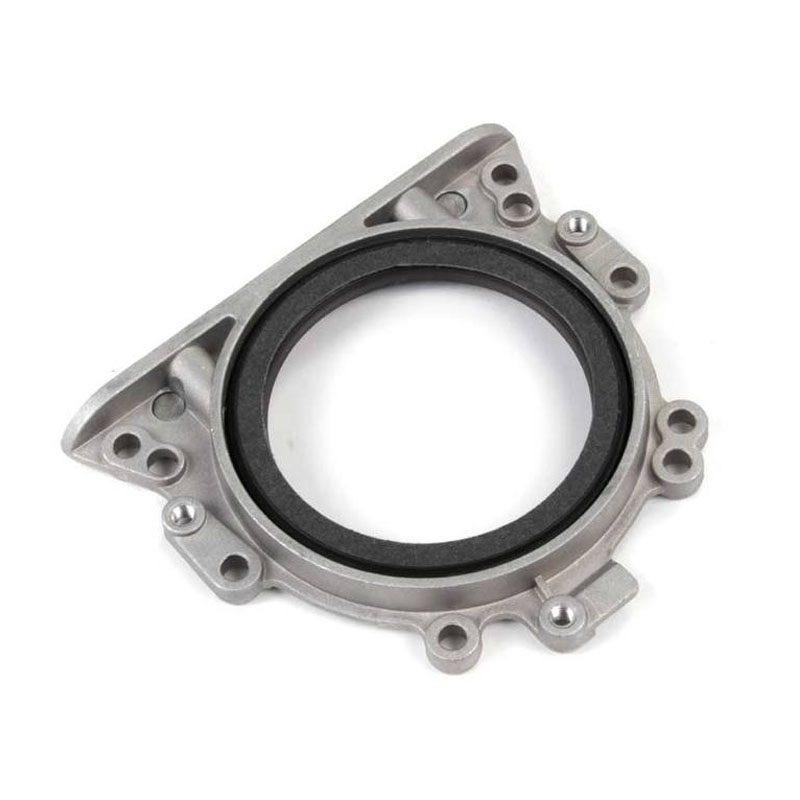rear axle oil seal replacement
Rear Axle Oil Seal Replacement A Comprehensive Guide
The rear axle oil seal is a critical component in any vehicle's drivetrain system. Its primary function is to prevent lubricant from leaking out of the rear axle housing. Over time, exposure to heat, friction, and environmental elements can cause wear and tear on the oil seal, leading to leaks that can compromise the integrity of the rear axle and potentially cause significant damage if not addressed promptly. In this article, we will discuss the importance of the rear axle oil seal, signs that it may need replacing, and a step-by-step guide on how to carry out the replacement yourself.
Importance of the Rear Axle Oil Seal
The rear axle oil seal plays a crucial role in maintaining the lubrication within the rear axle assembly. Proper lubrication ensures that the gears function smoothly and reduces friction, which can lead to excessive wear and overheating. When the oil seal begins to fail, it can result in oil leaks, which can lower the lubricant levels in the axle housing. Insufficient lubrication can lead to catastrophic failures such as gear damage, overheating, or even complete rear axle failure, which can be both costly and dangerous.
Signs of a Failing Oil Seal
There are several indicators that your rear axle oil seal may be failing
1. Visible Oil Leak One of the most obvious signs is the presence of oil spots under your vehicle. If you notice a dark, viscous liquid leaking from the rear axle area, it's likely that the oil seal has worn out.
2. Unusual Noises A failing oil seal can lead to insufficient lubrication, which may result in grinding, whining, or clunking noises while driving. These sounds often indicate that the gears are not being adequately lubricated.
3. Reduced Performance If you feel a loss of power or difficulty in accelerating, it could be due to high friction in the rear axle caused by low lubricant levels.
4. Warning Lights Some newer vehicles are equipped with sensors that monitor fluid levels. If the warning light for low oil pressure or differential fluid comes on, it may indicate a problem with the rear axle oil seal.
Rear Axle Oil Seal Replacement Guide
If you've determined that your rear axle oil seal needs replacing, follow these steps for a successful DIY replacement
Tools and Materials Needed - Socket set - Wrench set - Screwdrivers - Oil seal puller or flathead screwdriver - New oil seal - Differential fluid - Clean rags - Safety goggles and gloves
rear axle oil seal replacement

Step-by-Step Process
1. Preparation Ensure your vehicle is parked on a level surface. Secure it with wheel chocks and jack stands for safety. Remove the rear wheels to gain access to the rear axle.
2. Drain the Differential Fluid Place a drain pan under the differential and remove the drain plug. Allow the fluid to completely drain out.
3. Remove the Axle Shaft Depending on your vehicle, you may need to remove the axle shaft to access the oil seal. This often requires removing the retaining bolts or clips and carefully pulling the axle out. Be sure to take note of how components are arranged for reassembly.
4. Remove the Old Oil Seal Use an oil seal puller or a flathead screwdriver to carefully pry the old oil seal out of the housing. Take care not to damage the surrounding metal.
5. Clean the Area Once the old seal is removed, clean the sealing surface in the axle housing thoroughly. Remove any debris or old lubricant to ensure a proper seal.
6. Install the New Oil Seal Lubricate the new oil seal’s outer edge and gently tap it into place using a rubber mallet, ensuring it is seated evenly without distortion.
7. Reassemble Reinsert the axle shaft, reassemble any components that were removed, and ensure all bolts are torqued to the manufacturer’s specifications.
8. Refill Differential Fluid Replace the drain plug and refill the differential with the appropriate lubricant as specified in your owner’s manual.
9. Test Drive Once everything is reassembled, take your vehicle for a test drive to ensure that there are no leaks and that everything is functioning correctly.
Conclusion
Replacing the rear axle oil seal is an essential maintenance task that can save you from costly repairs down the line. By understanding the signs of a failing seal and following the steps outlined above, you can ensure your vehicle remains in good working order. Always remember to prioritize safety and consult your vehicle’s manual for specific instructions related to your model. Regular checks and maintenance can prolong the life of your vehicle's drivetrain and enhance performance.
-
Simplifying Oil Changes: A Comprehensive Guide to Oil Drain Plugs and Their Variants
News Aug.04,2025
-
Mastering Oil Drain Maintenance: Solutions for Stripped, Worn, and Upgraded Oil Plugs
News Aug.04,2025
-
Fixing Oil Pan Plug Issues: Leaks, Stripped Nuts, and the Right Replacement Solutions
News Aug.04,2025
-
Everything You Need to Know About Oil Drain Plugs: Sizes, Fixes, and Upgrades
News Aug.04,2025
-
Choosing the Right Oil Drain Plug: A Guide to Sizes, Materials, and Drain Innovations
News Aug.04,2025
-
A Complete Guide to Automotive Drain Plugs: Types, Problems, and Innovative Solutions
News Aug.04,2025
-
The Ultimate Guide to Car Repair Kits: Tools and Essentials Every Driver Should Own
News Aug.01,2025
Products categories















